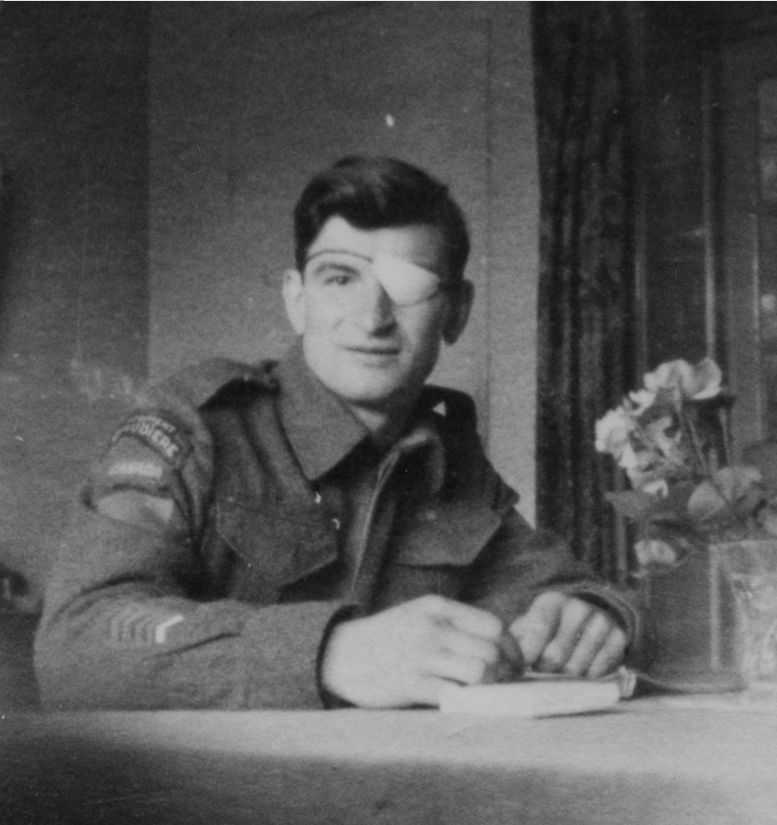Air Disaster Threatens Nazis as Foggia Falls
Our Bombing Range Increased
By Captain Norman Macmillan, M.C., A.F.C..
The War Illustrated, Volume 7, No. 166, Page 330, October 29, 1943.
It is no exaggeration to assert that the major victory-winning factor in this war has been proved time and again to be the possession of airfields in the correct strategic positions. But that alone is not enough. It is also necessary to have the right types of aircraft in the essential numbers to take advantage of the strategic situation; and, when other Services are concerned in an operation, to develop to is logical conclusion the principle of the application of air power to the military object of attack so that it can be captured with the minimum loss in life and material in the shortest possible time.
The campaign in Tunisia was held up until the Eighth Army's advance provided suitable airfields whence three-dimensional war could be brought to bear upon the Axis forces which had held up the insufficiently air-supported First Army's advance from Algeria. Our airfields in Tunisia and Malta made the Sicilian operation a rapid success, with initial landings almost casualty-free.
At Salerno we stuck our neck out farther, and had a hard fight to gain a foothold because we were so far ahead of the fighter bases. Mr. Churchill has stated that we went ahead as far as we dared. President Roosevelt's message addressed to Congress on September 17, 1943, made when the German retreat from Salerno had just begun, contained the following vital passage:
"It is now our purpose to establish bases within bombing range of Southern and Eastern Germany, and to bring devastating war home to these places by day and by night as it has already been brought home to Western Germany." Referring to the American raid on the Ploesti oilfields, he said: "We shall continue to make such raids all over the territory of Germany and the satellite countries. With Italy in our hands, the distances we have to travel will be far less and the risks proportionately reduced."
The first of the important Italian mainland airfield areas to fall into Allied hands was Foggia, occupied by our Eighth Army on September 27. The main Gino Lisa airfield two miles outside the town is surrounded by 12 satellite fields extending outwards to 23 miles. The satellite fields have runway landing-strips of from 200 to 300 feet up to 1,700 yards, suitable for the operation of different types of aircraft.
The capture of Foggia and the two Naples airfields (which were occupied later) will enable the Allied air forces to provide the tactical air support needed by the Allied armies on the west and east coasts in order to advance north-westwards up the Italian peninsula.
But more important than the tactical support which the Foggia airfields system makes possible are the strategic opportunities which it opens up. The great industrialized area round Vienna lies less than 500 miles away. Munich is exactly 500 miles distant. When the Fortresses and Liberators bombed Munich and Weiner Neustadt from North African bases on October 1 they had to make an outward flight of 900 miles. Use of Foggia will enable them to do the same job from about half the range. When the firm of Henschel moved their Kassel aircraft factory near to Vienna they thought they were transferring to a safe area. That area is no longer safe.
One most important aspect of closer range bombing operation is the greater certainty of being able to select the best meteorological conditions over the targets, for weather changes are more pronounced at greater distances and reconnaissance aircraft are handicapped in reporting conditions. But at reduced ranges meteorological reconnaissance aircraft can provide satisfactory weather map data for the bombers, which may spell enormously increased success to the operation.
Budapest is but 460 miles from Foggia, and Bucharest about a hundred miles farther. The Ploesti oilfields are fewer than 600 miles away. The whole transport artery of the Danube river, from Sulina to Passau, falls within a range varying between 350 and 750 miles. Belgrade is 350 miles away, Sofia 400, Salonika 380. From Foggia the Balkans lie under enfilade air attack.
Crete, that was to have been the Nazi bastion against attack upon the Balkans, has been turned, and all the enemy from Albania to the Crimea now face the threat of dual air attack from Russia in the East and from the Anglo-American forces in the West. To Germany the loss of Foggia is a strategic air disaster, the beginning of the end of her power in the Balkans.
Index
Previous article
I Was There! - I Saw the Fateful Battle of Salerno Beaches
From the third to the seventh day the issue of the nine days' battle for the beaches of Salerno, Italy, hung dangerously in the balance. How the Fifth Army finally won what Mr. Churchill called "an im
Next article
The Home Front
Of our prison population of about 13,000 rather more than half are now doing useful work for the War effort. This eminently satisfactory fact was revealed by the Home Secretary, Mr. Herbert Morrison,





